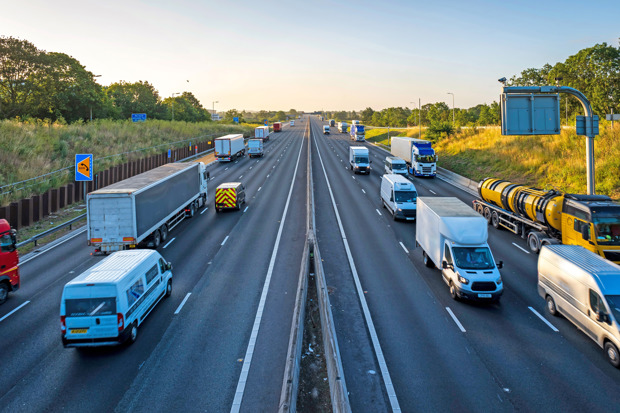Is driving getting worse due to new car tech?

Four in 10 drivers believe that an over-reliance on modern driver assistance technology is leading to a lowering of driving standards.
So-called Advanced Driver Assistance Systems, or ADAS, are virtually mandatory on all new cars – particularly if the carmaker has one eye on a good Euro NCAP safety score.
Features include lane-keep assistance, autonomous emergency braking, advanced cruise control and even car park collision avoidance.
Sat nav and parking sensors are also virtually a default in modern cars, which motorists are also increasingly dependent on.
However, as such tech becomes so commonplace, a growing number of drivers believe it is making us worse behind the wheel, according to the research by AA Driving School.
More than half of those aged 25-34 believe this is the case, although the number drops to around a third of those aged over-65. This could indicate that confidence in driving skills and with using these features increases with experience, says the AA.
The research revealed that only 1 in 2 drivers said they felt ‘very confident’ in driving a car without parking sensors, parking cameras or blind spot monitoring. Less than half felt very confident driving a car without sat nav, Apple CarPlay or Android Auto.
Drivers also lack confidence driving cars without an electronic parking brake, hill-start assist, traffic sign recognition, speed limiters or, surprisingly, lane keeping assist – the latter a piece of tech that anecdotally infuriates so many who regularly drive new cars.
"Technology is becoming more and more central to all aspects of our lives," says AA Driving School MD Emma Bush.
"Driving is no different and understanding how to make the most of the technology available - and feeling confident with it - is an important part of learning to drive."
To address the lack of confidence among younger drivers, the AA is using virtual technology to train driving instructors and help them feel comfortable with modern driver assist tech.
The aim is to boost confidence of learner drivers during the independent driving part of the modern driving test. Since 2017, this has included following instructions from a sat nav, underscoring the importance of drivers being able to effectively use in-car technology.
Bush also hopes that a better understanding of the latest tech will help improve overall driving standards, rather than worsening them – particularly among the fast-growing population of 16- and 17-year-olds set to begin driving in coming years.

